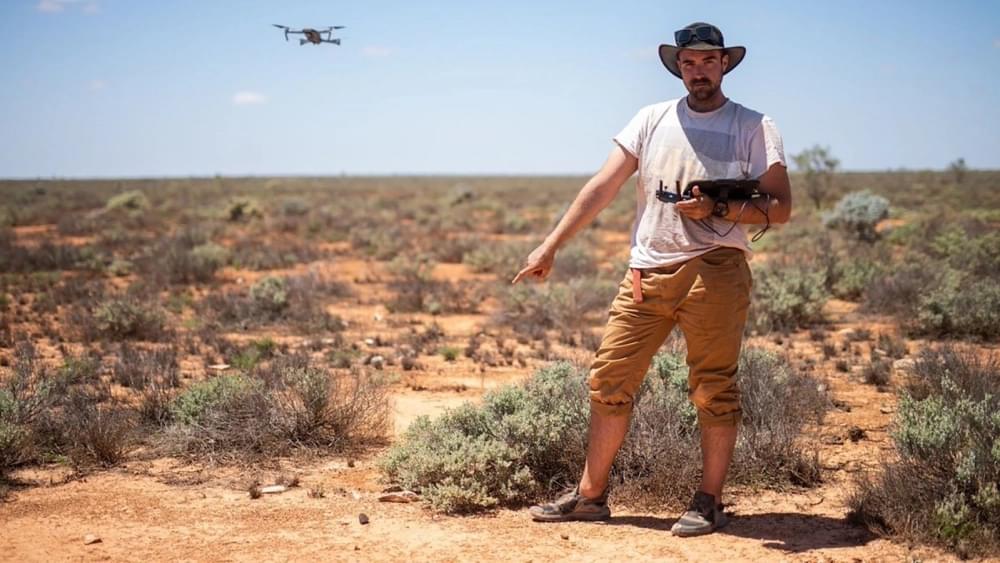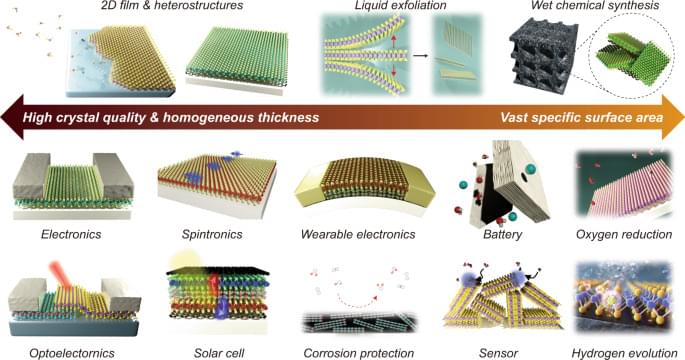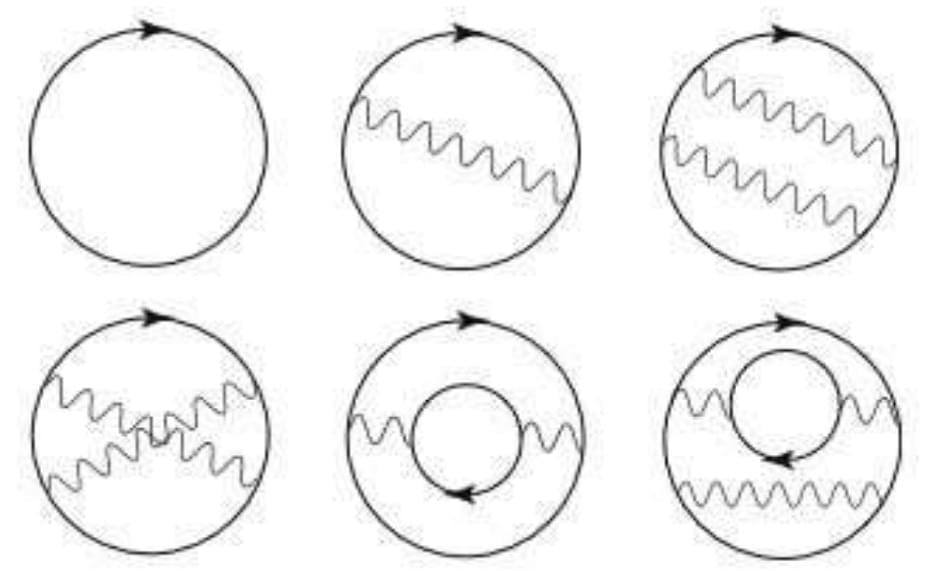The project developer from Erkner near Berlin has built two new agriphotovoltaic plants near Jülich. They not only supply electricity, but also data for various research objectives.



NASA
That spot of oil on the garage floor dripping from your engine indicates a problem. It’s so small that you put off going to the mechanic, until you hear a new noise and the oil pressure warning light goes off. The bad news is that one of the bearings in the crankshaft is the source of the issue. Due to wear, the normally round part is now more elliptical in shape. Some of the metal has worn away, landing you with a costly repair.
This kind of wear on engine components is common because of friction, and it happens in all machinery with moving parts. Lubricants that reduce friction can only delay and minimize this inevitable damage. The idea of reversing that wear by fixing a worn part was the dream of Washington State University PhD candidate Pavlo “Pasha” Rudenko, who decided to research using smart nanoparticles to replace eroded material.

Summary: Body temperature exerts a greater effect on longevity and lifespan than metabolic rate, researchers report.
Source: Chinese Academy of Sciences.
Researchers from the Shenzhen Institute of Advanced Technology (SIAT) of the Chinese Academy of Sciences, along with collaborators from Wenzhou University and the University of Aberdeen, have found that body temperature exerts a greater effect on lifespan than metabolic rate.


X-ray laser experiments show that intense light distorts the structure of a thermoelectric material in a unique way, opening a new avenue for controlling the properties of materials.
Thermoelectric materials convert heat to electricity and vice versa, and their atomic structures are closely related to how well they perform.
Now researchers have discovered how to change the atomic structure of a highly efficient thermoelectric material, tin selenide, with intense pulses of laser light. This result opens a new way to improve thermoelectrics and a host of other materials by controlling their structure, creating materials with dramatic new properties that may not exist in nature.

The industrial application of two-dimensional (2D) materials strongly depends on the large-scale manufacturing of high-quality 2D films and powders. Here, the authors analyze three state-of-the art mass production techniques, discussing the recent progress and remaining challenges for future improvements.


Being able to tell the difference between a photo of something and the actual thing itself – picture-to-object equivalence, in science speak – is a useful test for better understanding the visual and cognitive function of other primates, birds, and even rats.
But how far does this ability to interpret a flat image extend in the animal kingdom?
A new study has found mice might also have the capacity, as they demonstrated the ability to link a 2D image of an object with the actual 3D object itself, using the hippocampus part of their brains in the same way that humans do.

